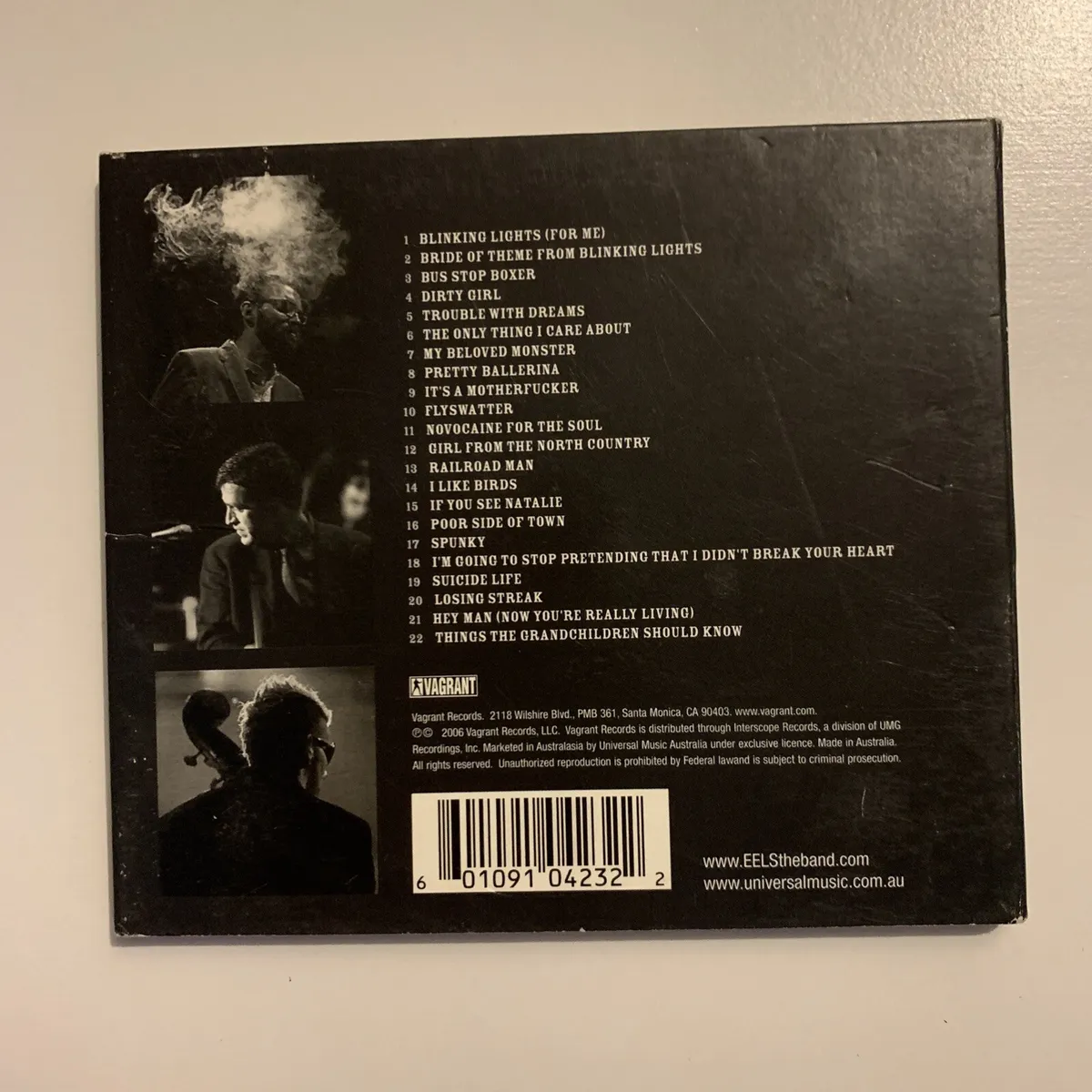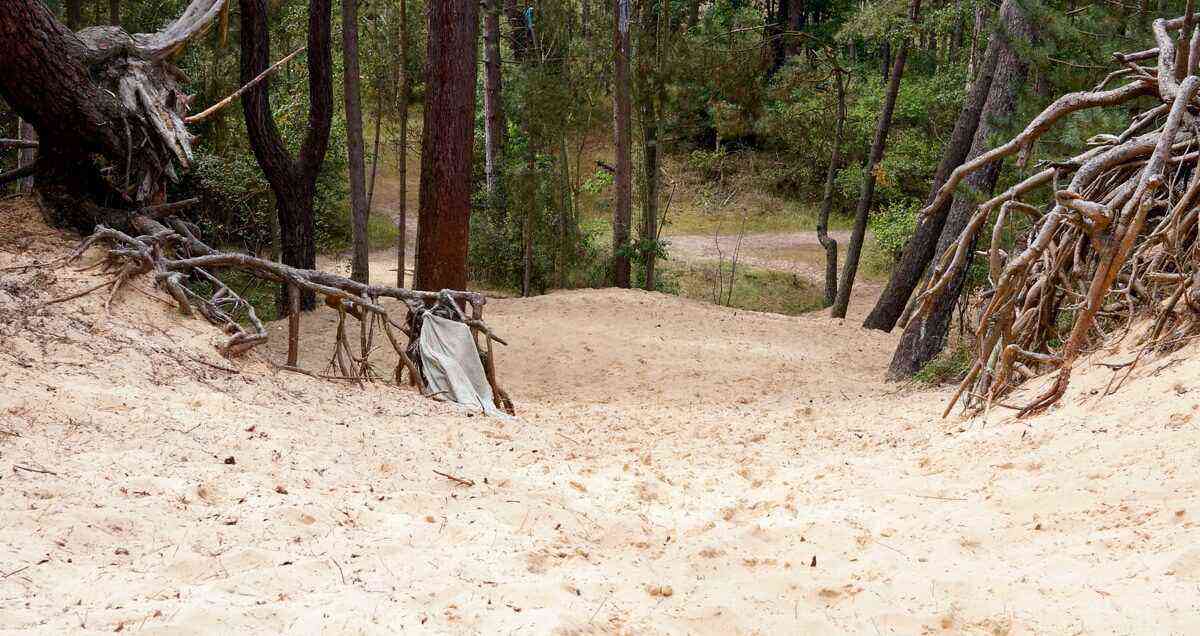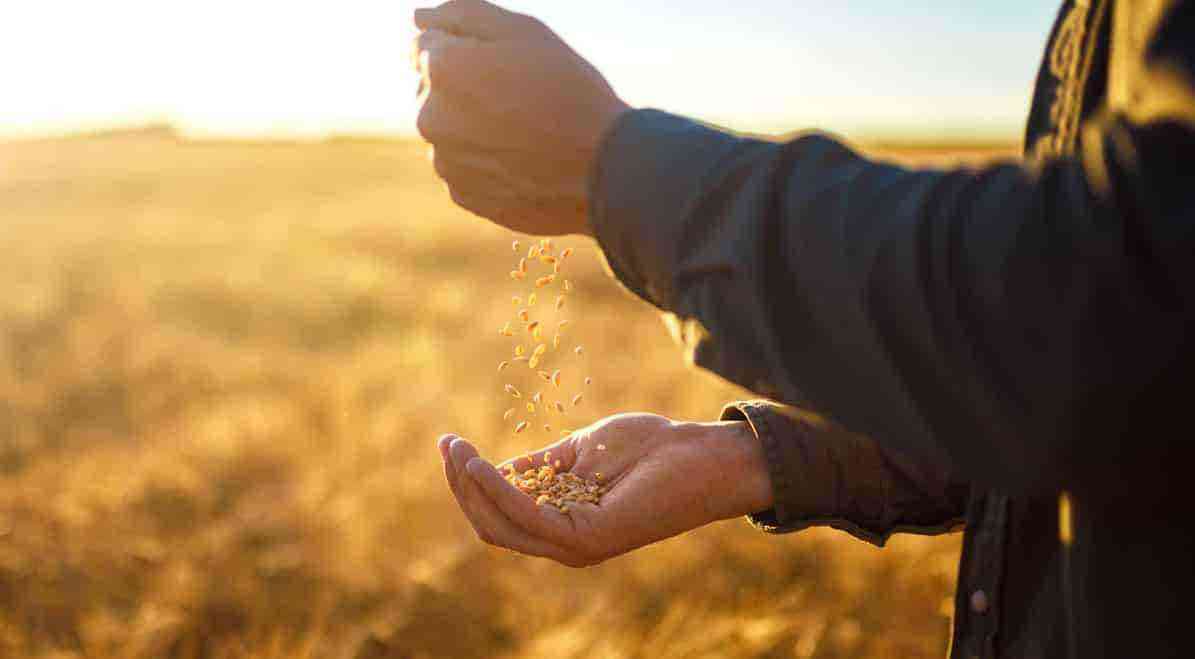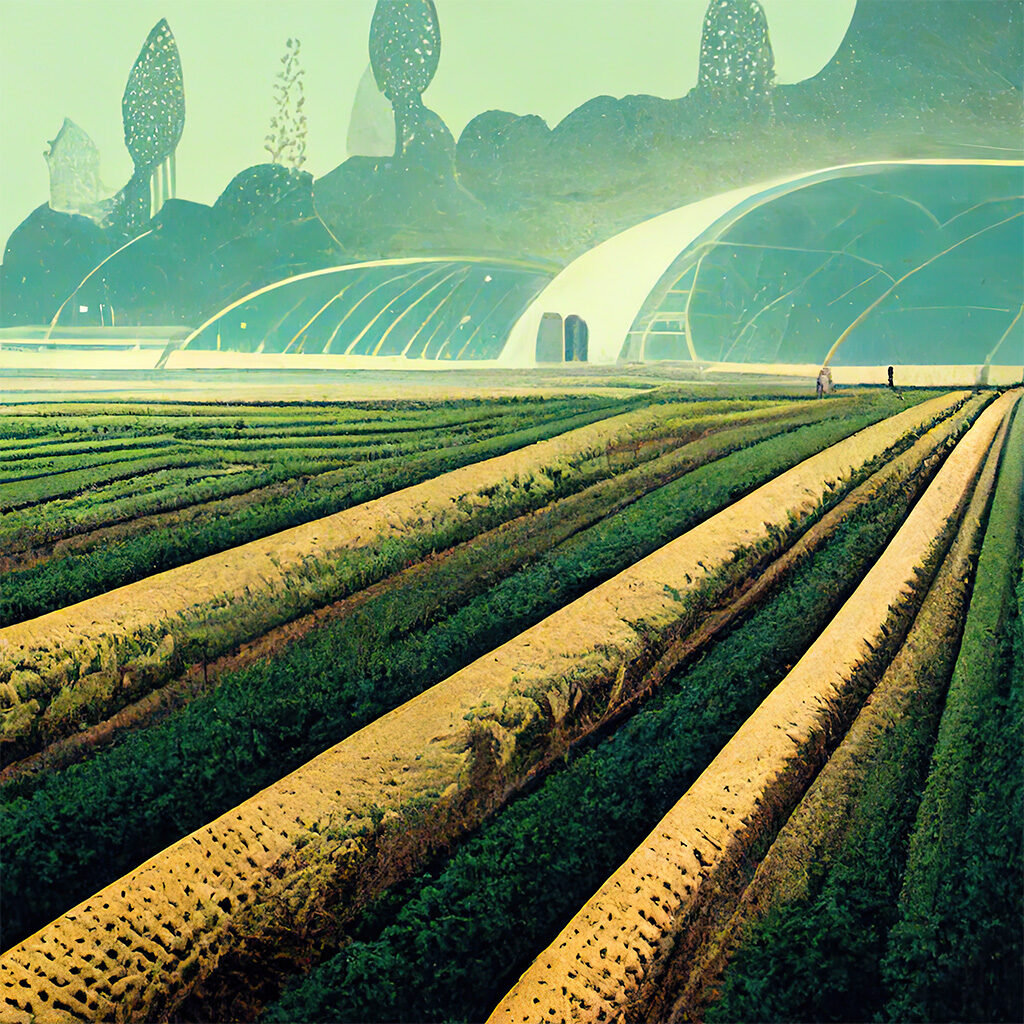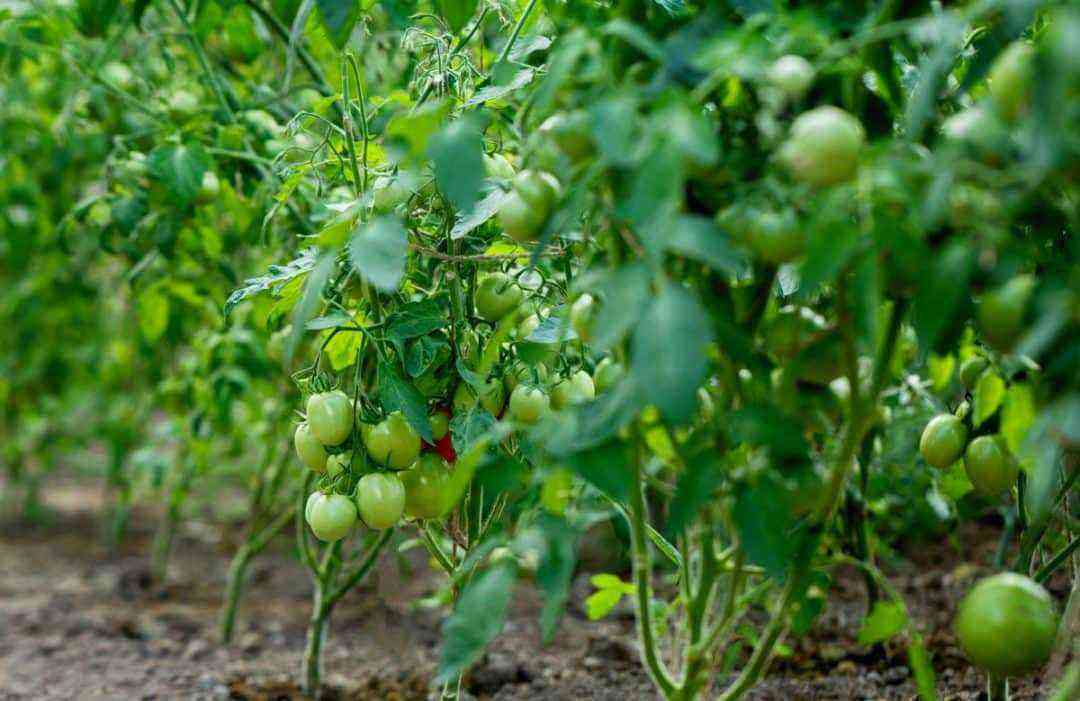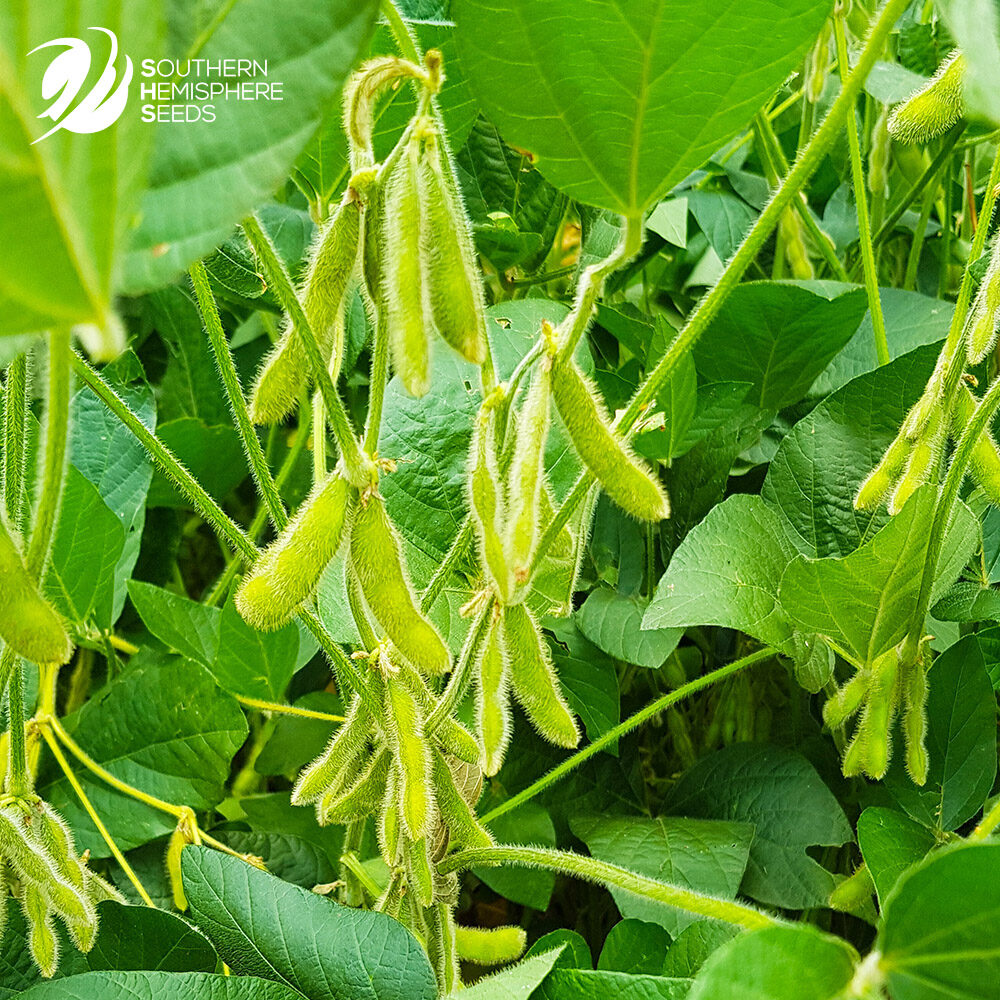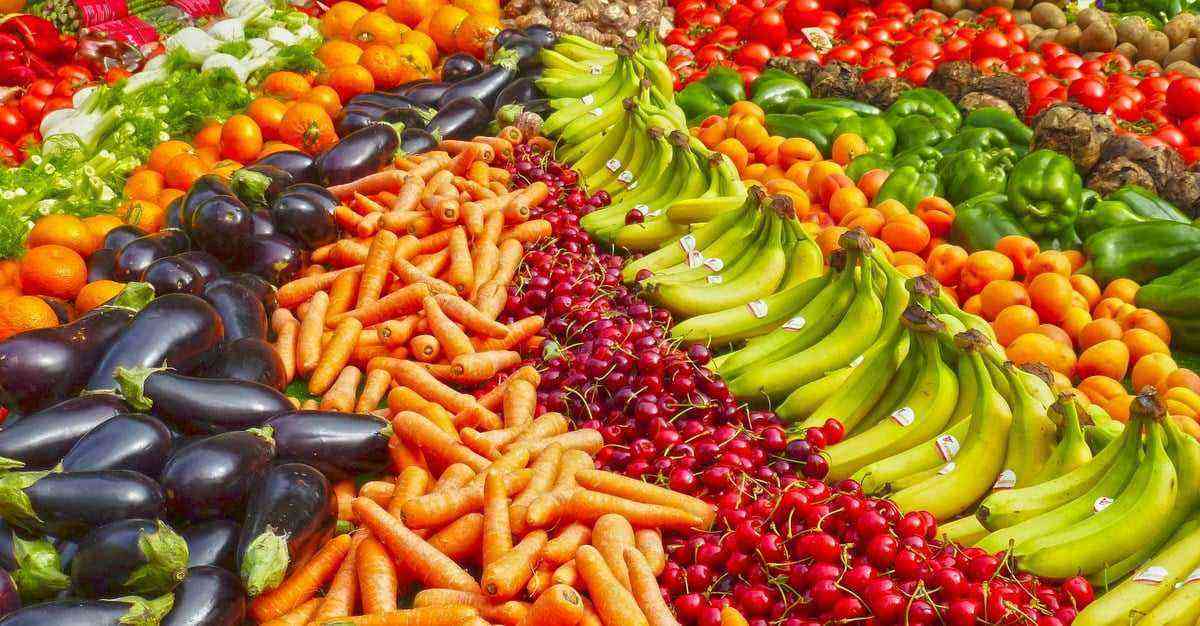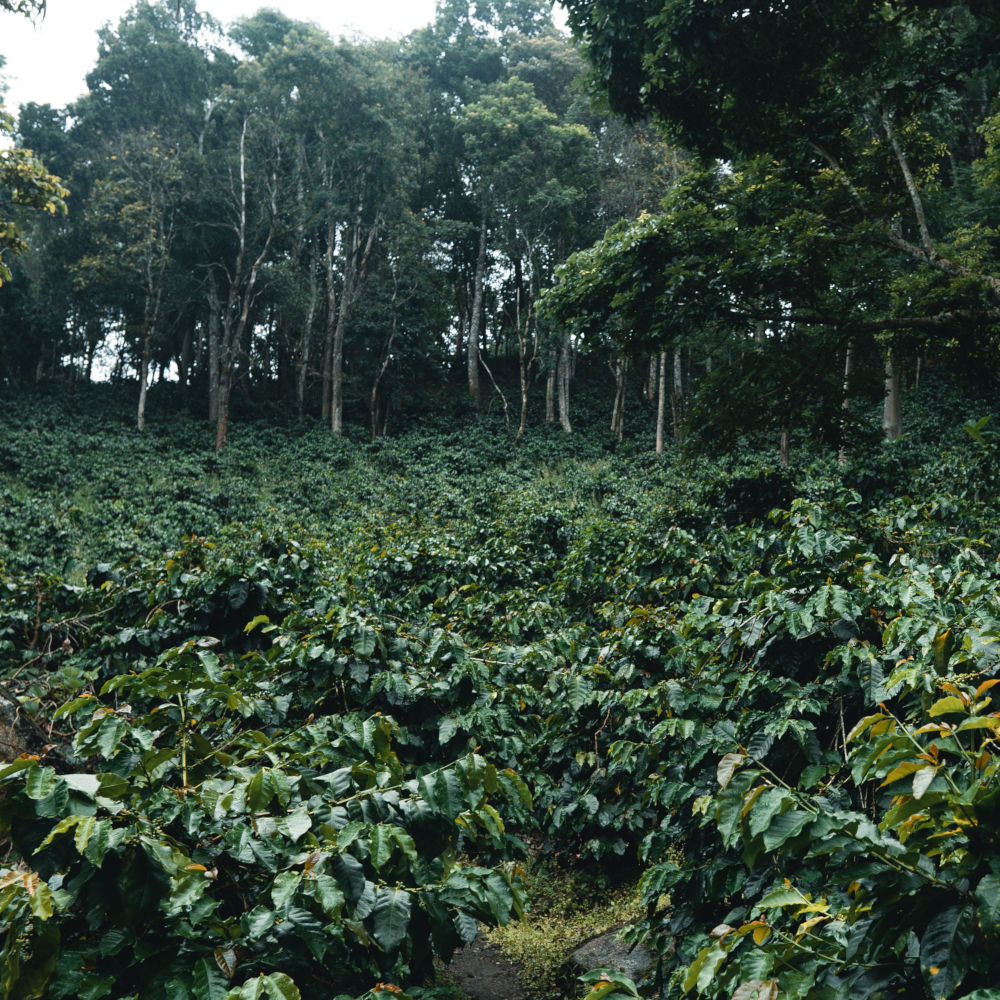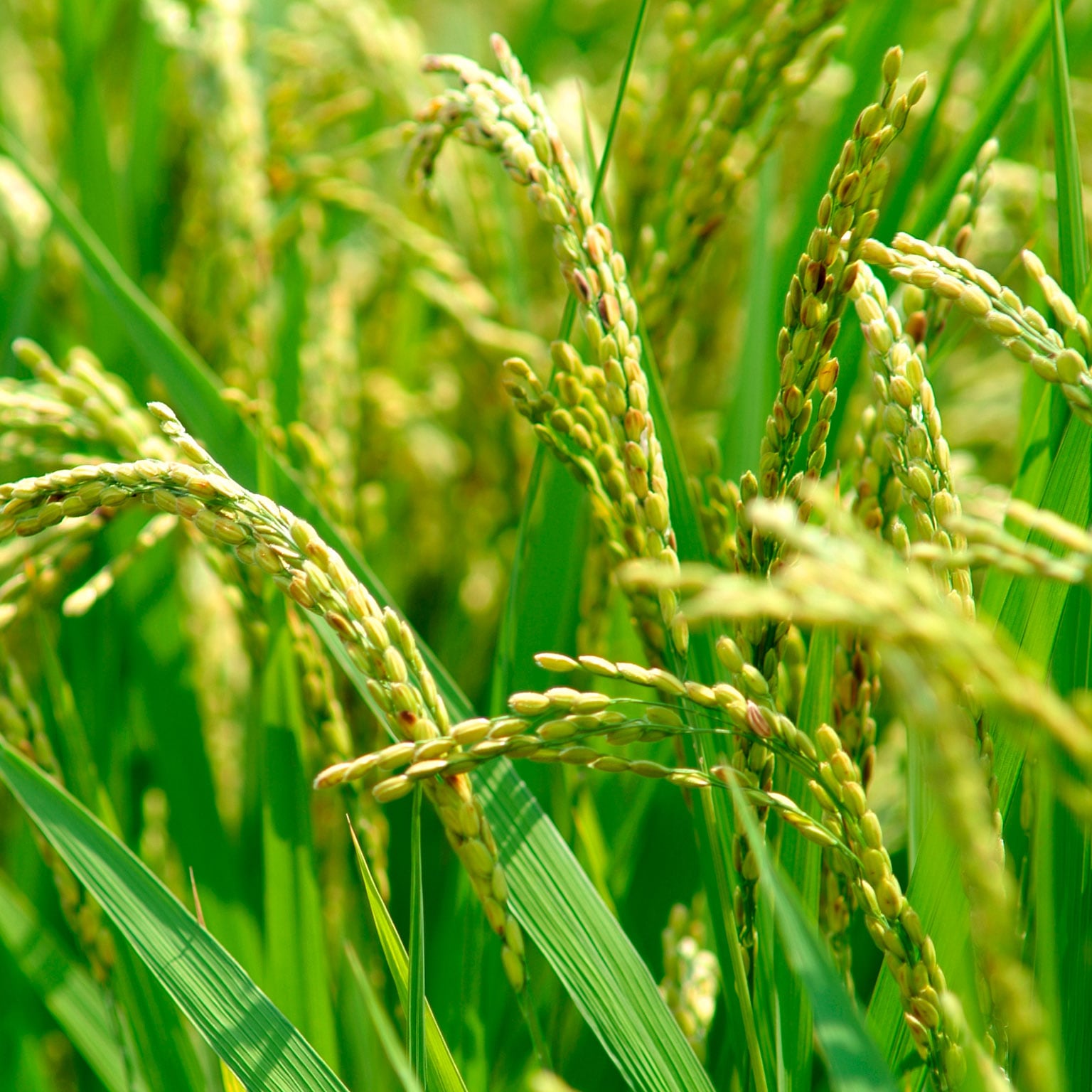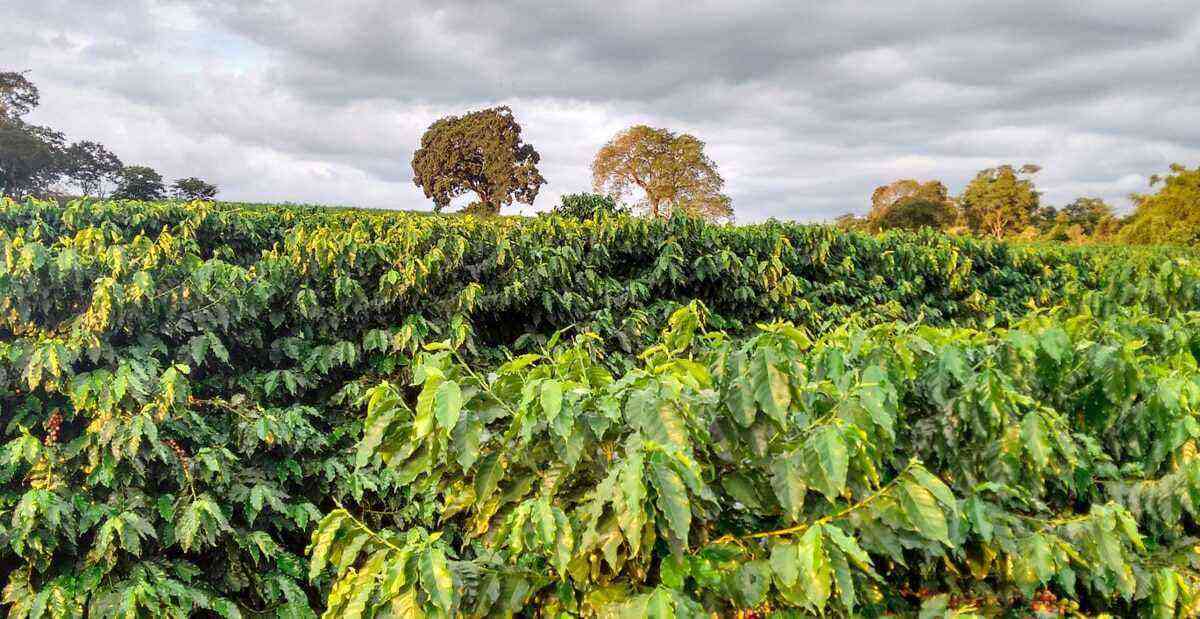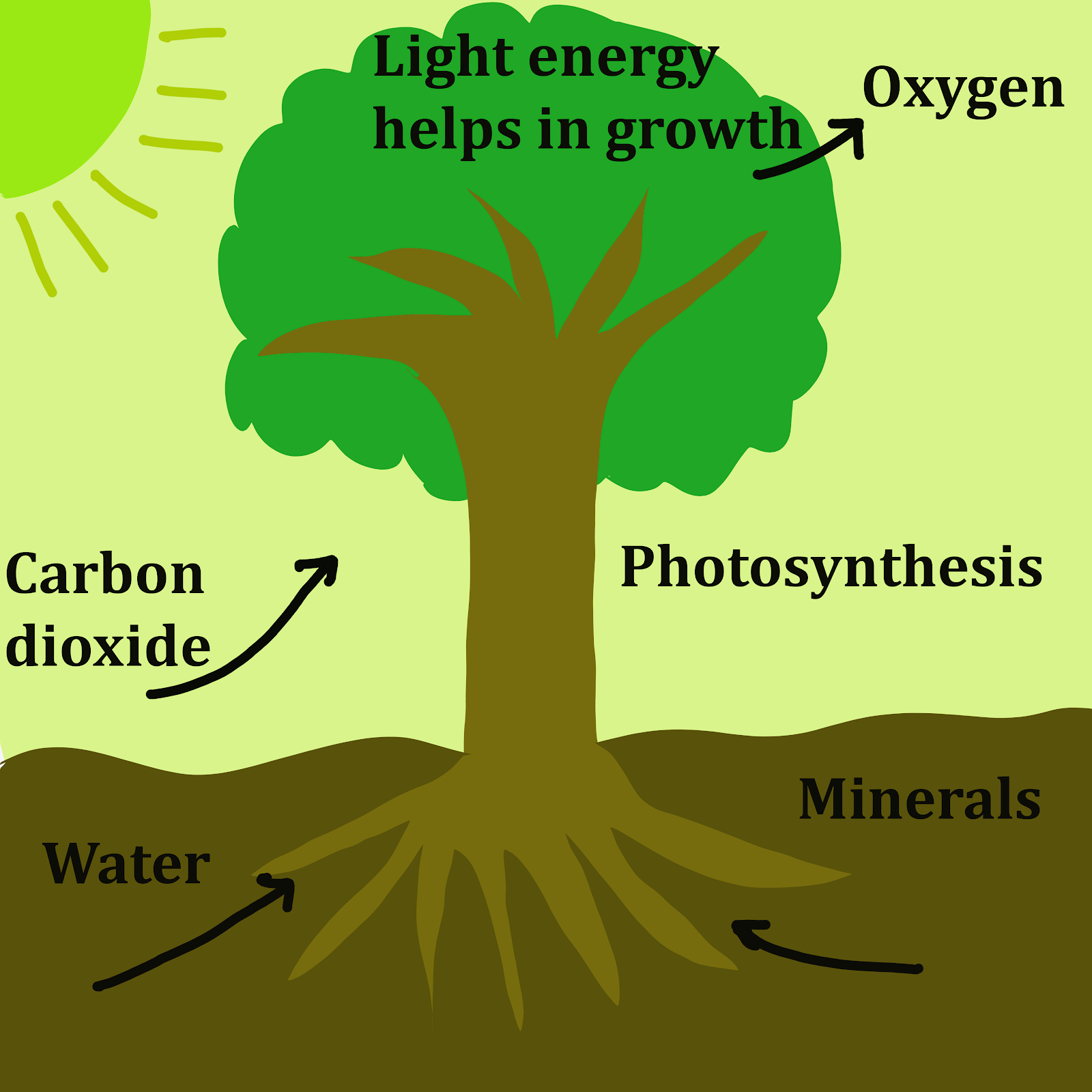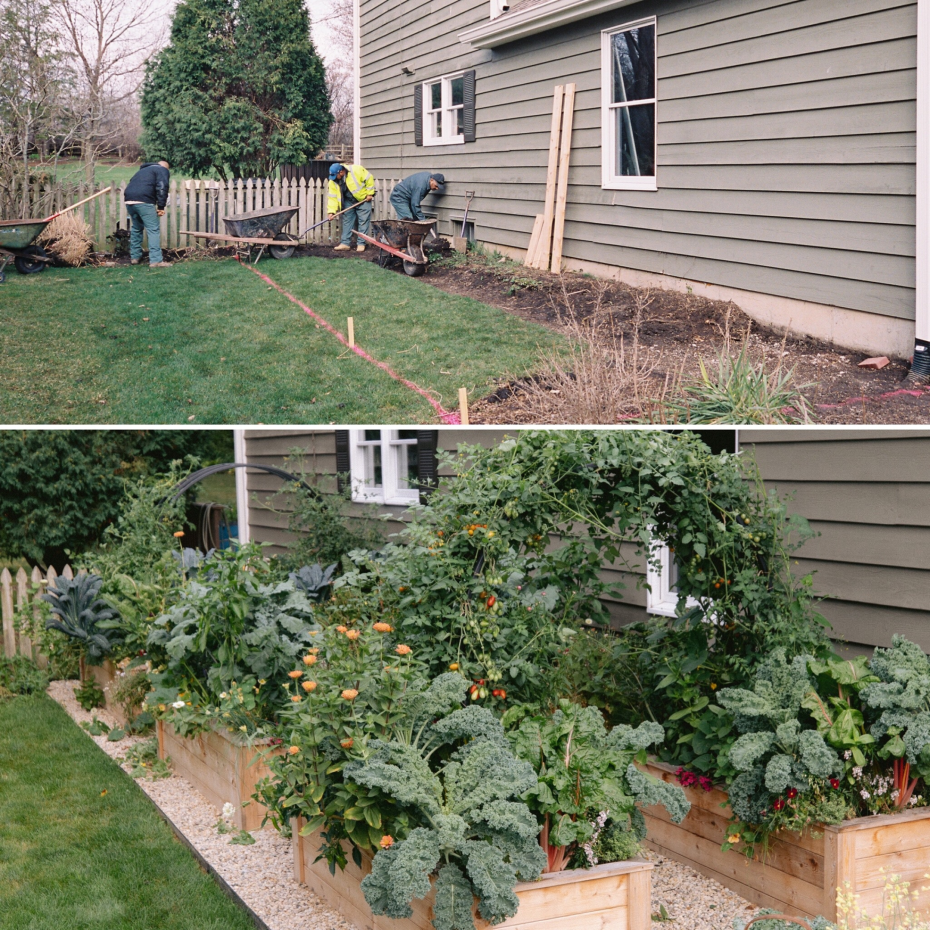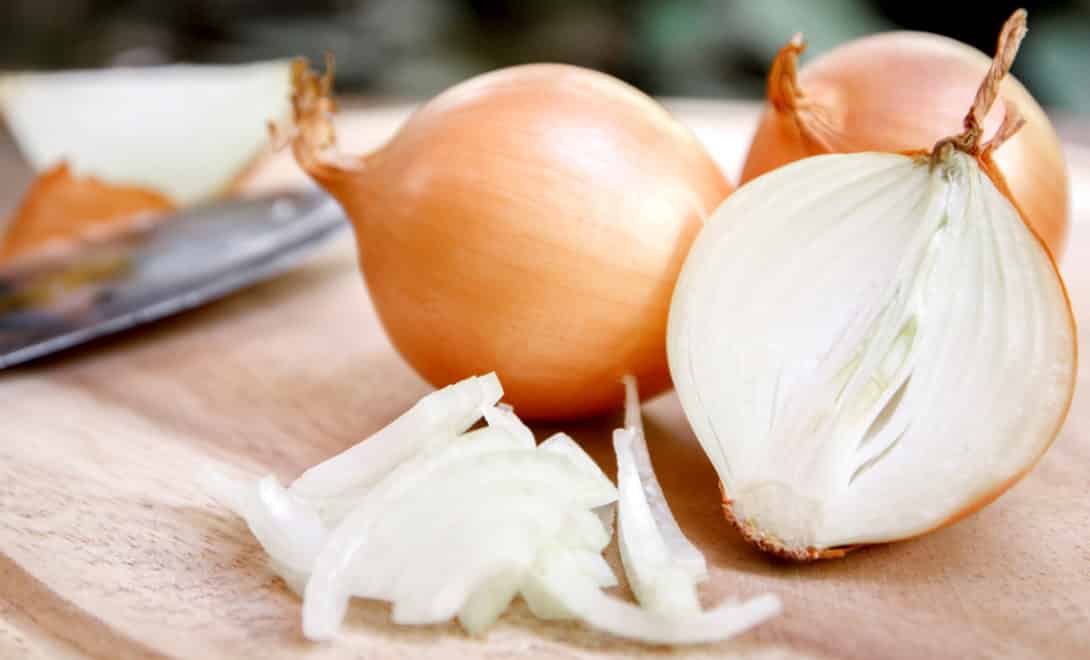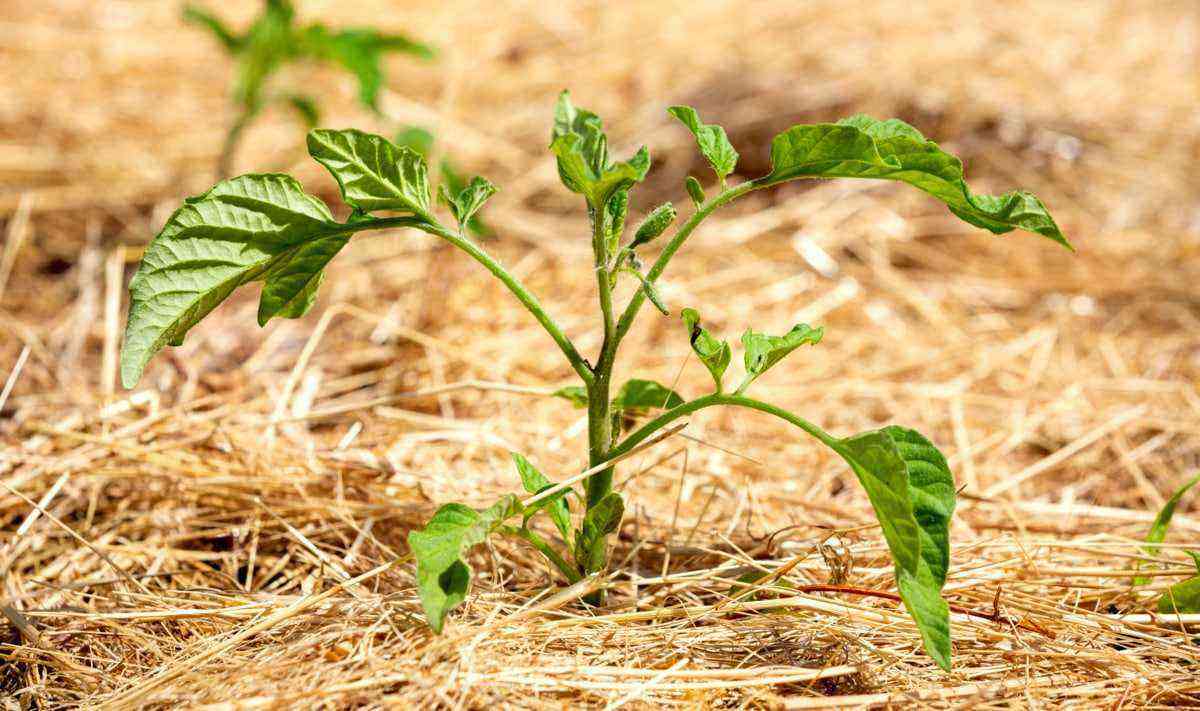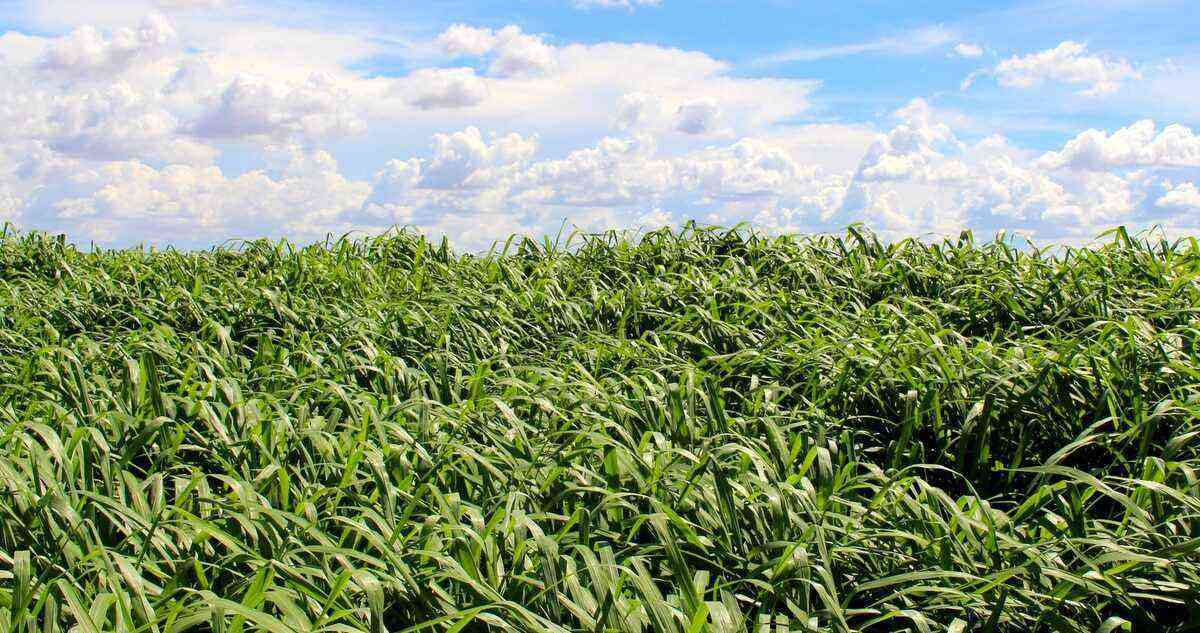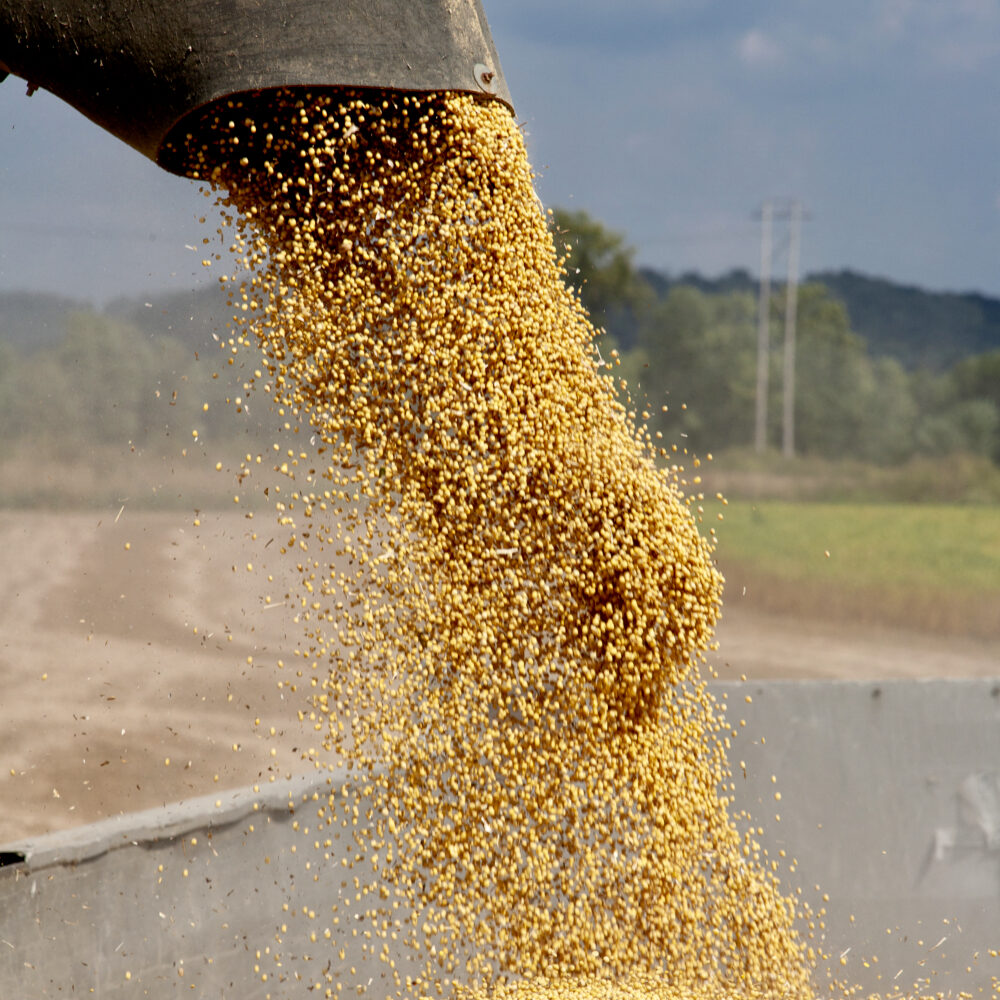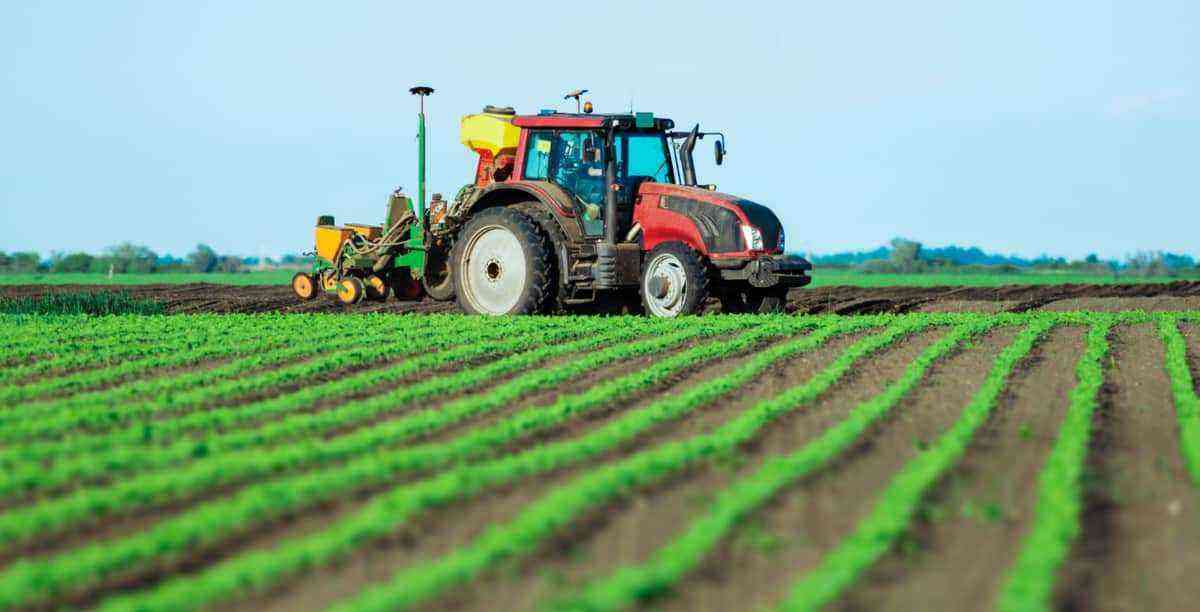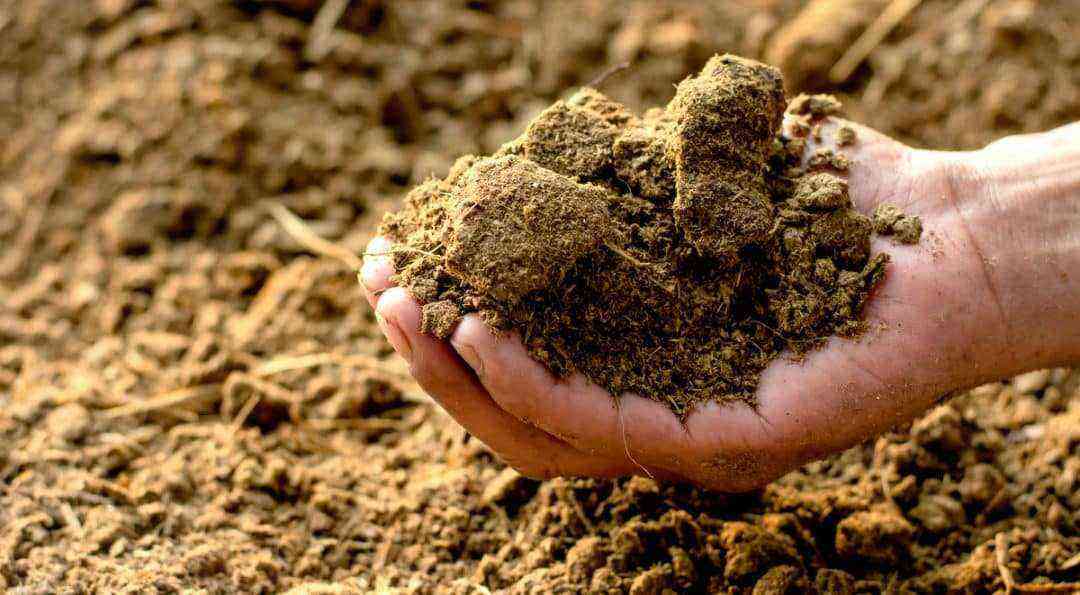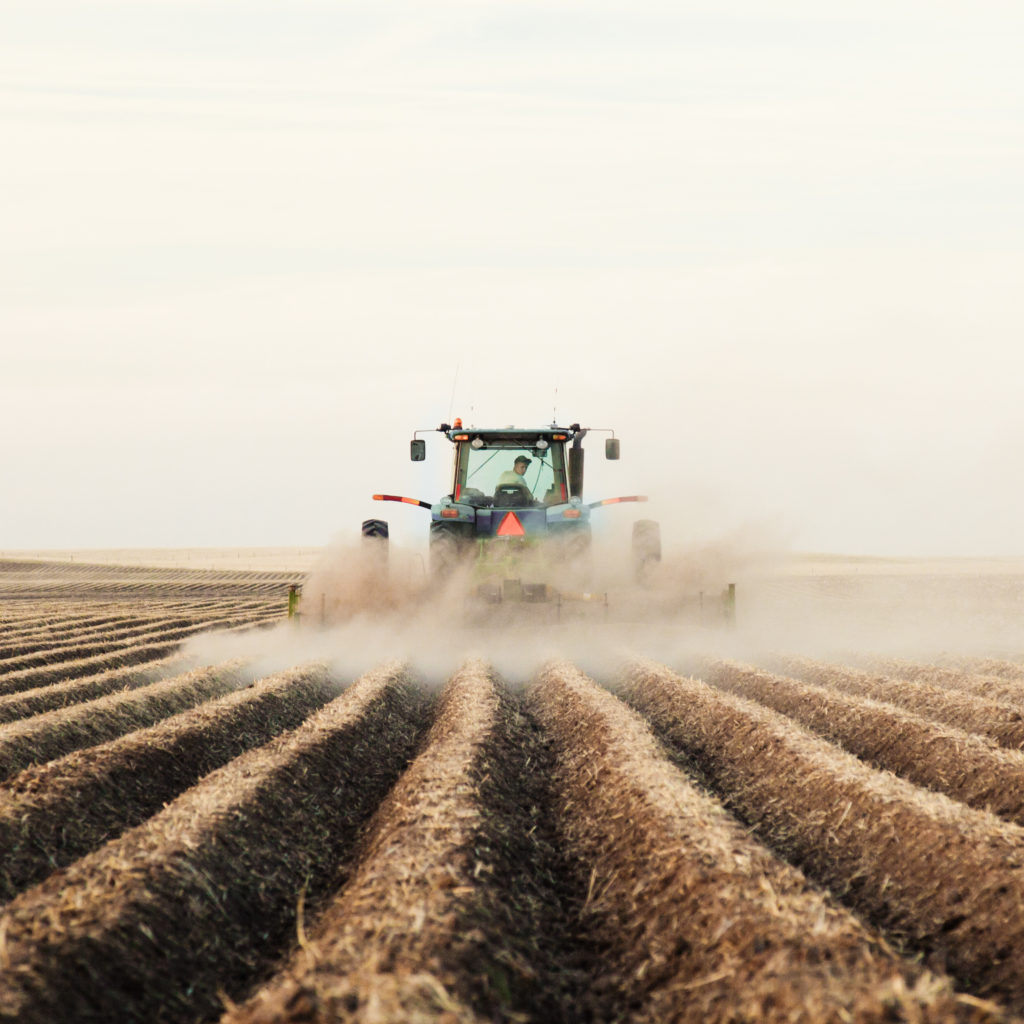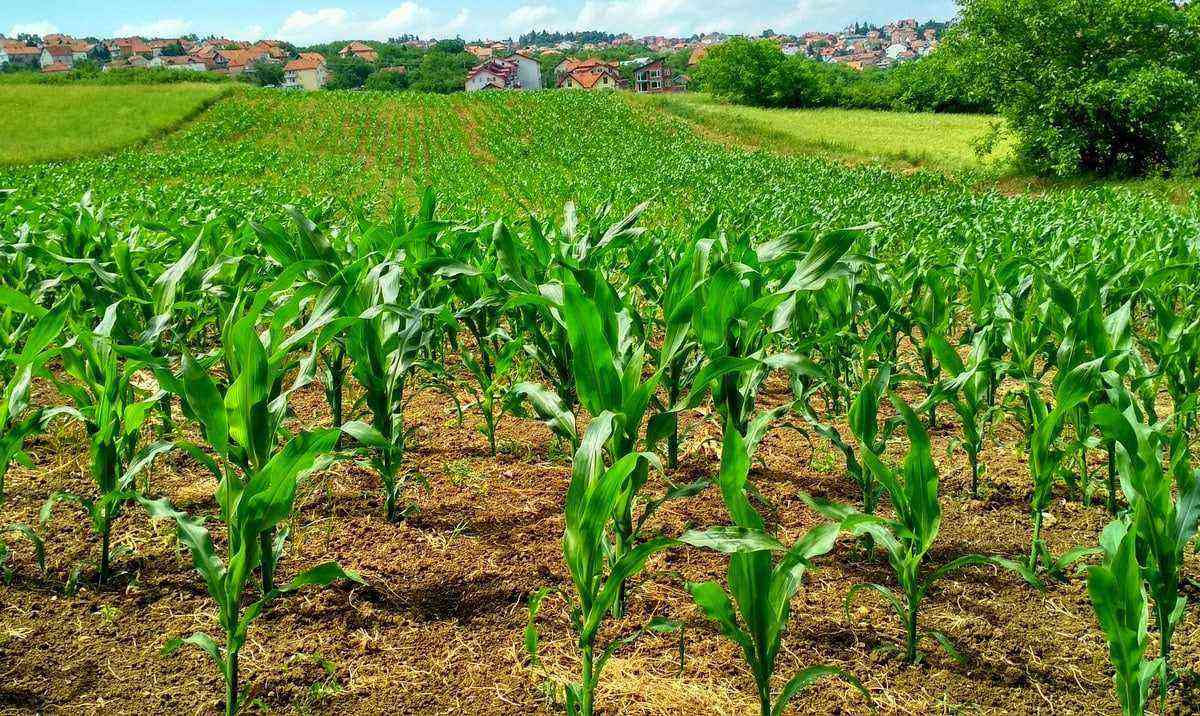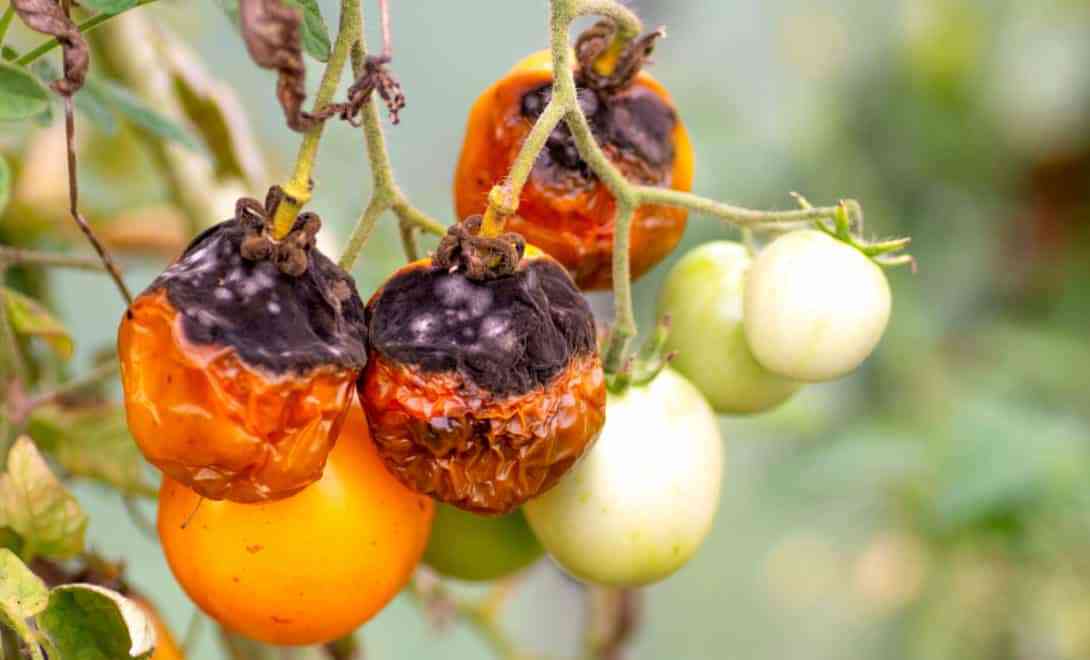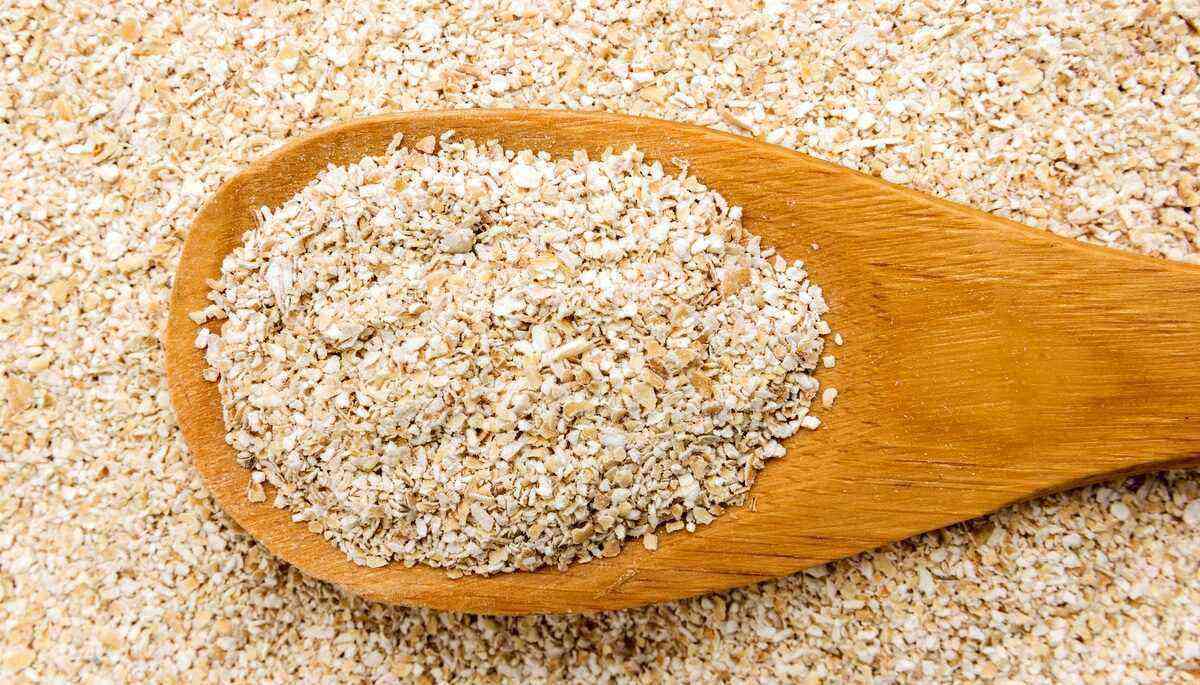Rural credit it is a specific line of credit for the field producer. After all, agribusiness is one of the main engines of the Brazilian economy, accounting for 21% of the country’s GDP in 2019.
Because of this, the government is very interested in ensuring that producers have money to finance their activities.
This is the idea of rural credit. However, despite being an extremely popular and advantageous option, there are many doubts about it.
So this post will bring Everything you need to know about rural credit, and answer all your main questions on the subject.
And after reading, if you like the content, check out other articles on our blog to keep up to date with everything that happens in agribusiness.
What is rural credit?
As mentioned above, this is a financing for rural producers or cooperatives. The feature can be used in a variety of ways, such as:
– Make investments in technology and other solutions;
– Expand operations;
– Cost production;
– Help with the sale.
The above figure on the share of agribusiness in GDP is the reason why there is so much investment. Our biggest trading partners, the US and China, buy a lot of agricultural products, which means there is a direct link between GDP and sector productivity.
As you well know, Brazil is a privileged country, from the point of view of agribusiness. Not only do we have a large size, but we also have a very stable climate, which means that we can produce a lot for the same area of land as other countries.
Rural credit is a form of turn all this potential into results, after all, it takes investment to produce.
 Representing 21% of GDP, agribusiness is an area with great potential to receive investments
Representing 21% of GDP, agribusiness is an area with great potential to receive investments
How does rural credit work?
Rural credit works through the regulation and inspection of various entities. For example, the National Rural Credit System is the main controlling entity. Those who offer credit are banks and cooperatives.
Finally, there is the Rural Credit Manual, created by the Central Bank of Brazil and which regulates the application of resources.
These resources, come from different sources., and both the total amount and the percentage of each can vary. However, the list of where the resources come from is almost always the same:
- Rural savings;
- BNDES;
- Mandatory resources from banks that are transferred to rural credit;
- Coffee Economy Defense Fund;
- Free resources;
- Constitutional Funds.
All of these add up to the amount of rural credit that can be requested by producers.
How to get rural credit?
In order to obtain rural credit, it is necessary to comply with certain prerequisites. Are they:
- Set a credit usage and reimbursement schedule;
- Respect the restrictions and recommendations of the ZEE, Agroecological and Ecological-Economic Zoning;
- Present a plan, technical project and budget for the use of credit, with the reason why it is requested;
- Location;
- Refund flow;
- Payment capacity;
- Oversight of the financier;
Respecting these rules, the resource is released directly to farmers, or through their associations.
As for the conditions surrounding the loan, they may vary. For example, the Interest they only depend on where the request is made, which means that it is worth consulting more than one institution.
The payment deadlines, can vary greatly depending on the purpose, production plan and other factors. After all, it’s no use asking for payment next month if the crop takes months to sell.
In certain cases, it is possible to rely on some guarantees to facilitate payment terms. In this case, they are always the result of an agreement between the producer and the institution, but they can be a pledge, mortgage, fiduciary alienation or guarantee.
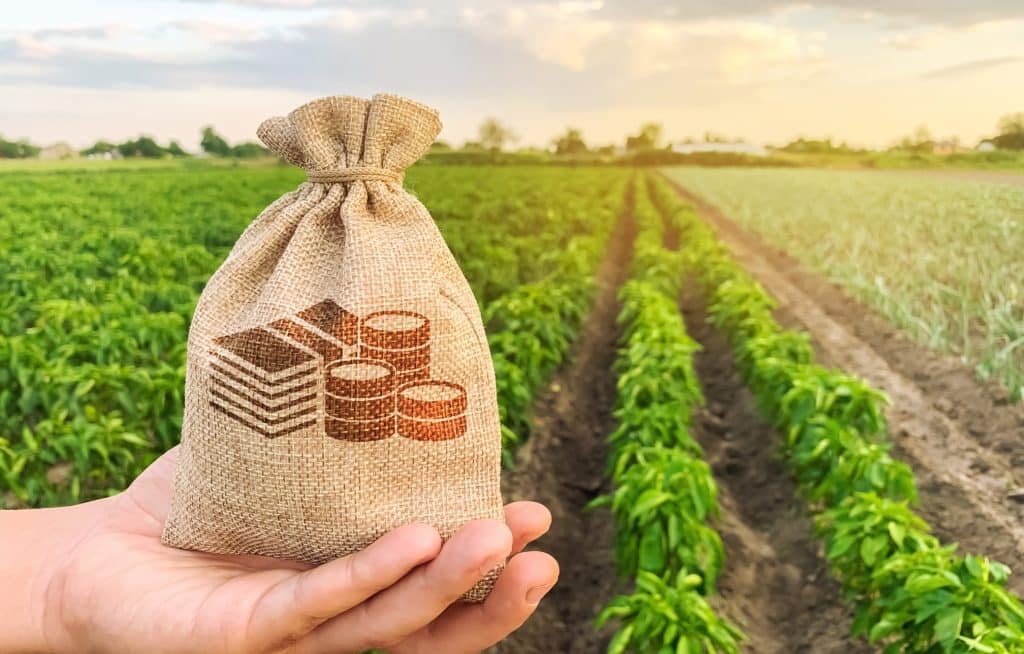
Some guarantees may be linked to obtaining rural credit.
It is also important to mention the types of rural credit, and what can be done with it. Regarding the types, there can be three.
Current it is the most basic, in which the producer only receives the money. already the educational, in addition to the resource, also brings material to guide you. Therefore, this is ideal for those who are starting an agribusiness.
Finally, the special it is for cooperatives, colonization programs and agrarian reform.
Regarding the use of credit, you can do it in four ways:
- Agricultural cost credit: helps cover agricultural expenses, from planting to harvesting;
- Investment Credit: in this case, you are looking to buy more durable goods or services;
- marketing credit: covers marketing expenses, such as logistics;
- industrialization credit: is intended for the manufacture of products.
What are the objectives of rural credit?
As mentioned above, rural credit is essential to move one of the most important sectors of the Brazilian economy. Therefore, it has several objectives.
For example, it is a line of credit that presents reduced interest rates. The amounts charged are not high and can still be negotiated, depending on the type of credit.
In certain cases, it may even be possible to exempt or reduce certain tariffs. The deadlines, on the other hand, also tend to be very easy, from one to two years.
In addition, there are lines of credit that are geared towards a specific goal. As we saw above, rural costing or investment are good examples. Funcafé brings this modality to coffee producers.
Complementing the credit modality, the values are also adapted to the reality of the producer. This means that there is a limitation on rural credit.
On the surface, this may seem like a disadvantage, but the aim is to be a way to help small or medium-sized producers.
Finally, rural credit is also a way of enabling rural producers to expand your operations, increasing production and generating more revenue.
How important is rural credit?
Throughout the post, we have already given some clues as to why rural credit is so important. However, let’s close the content bringing a clearer explanation of the value of this Credit line.
The main objective is, without a doubt, the strengthening this sector. With more resources available, producers are encouraged to bring new methods to production, seek more advantageous solutions from a sustainable point of view and several other actions that contribute to the evolution of the sector. In other words, it is a great investment in the future.
Another great objective of rural credit is to be a form of stimulate production by small producers. In the case of family farming, for example, it is a matter of income generation, and often survival.
Did you like the article? Interested in credit for the purchase of cattle, farms, tractors or others? Visit our page with several companies to consult.
